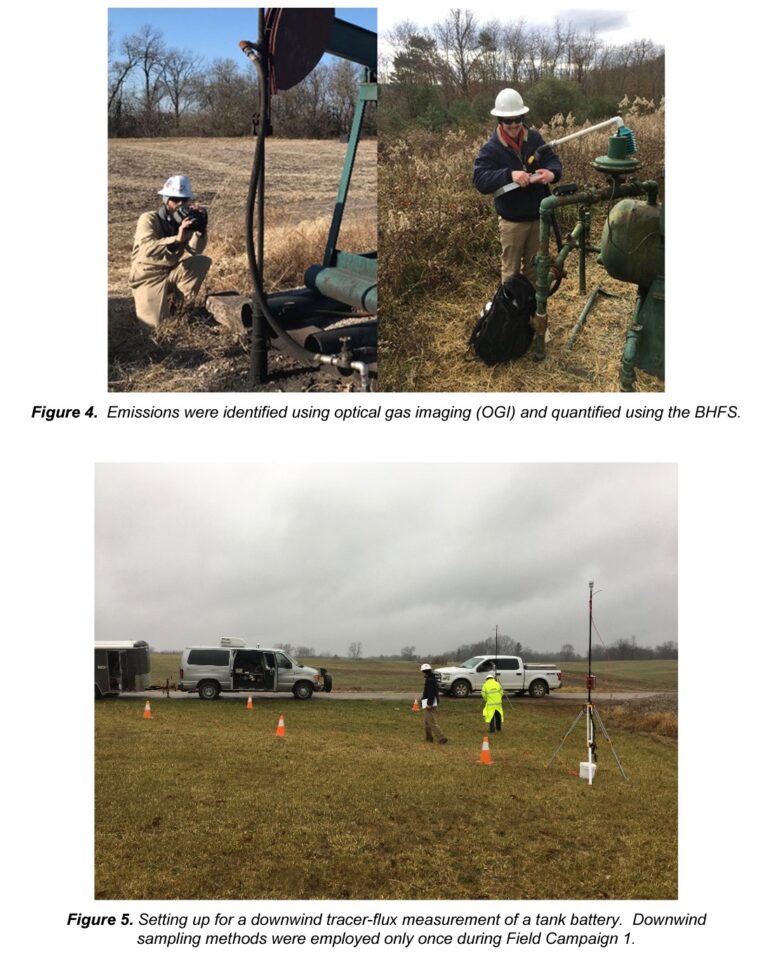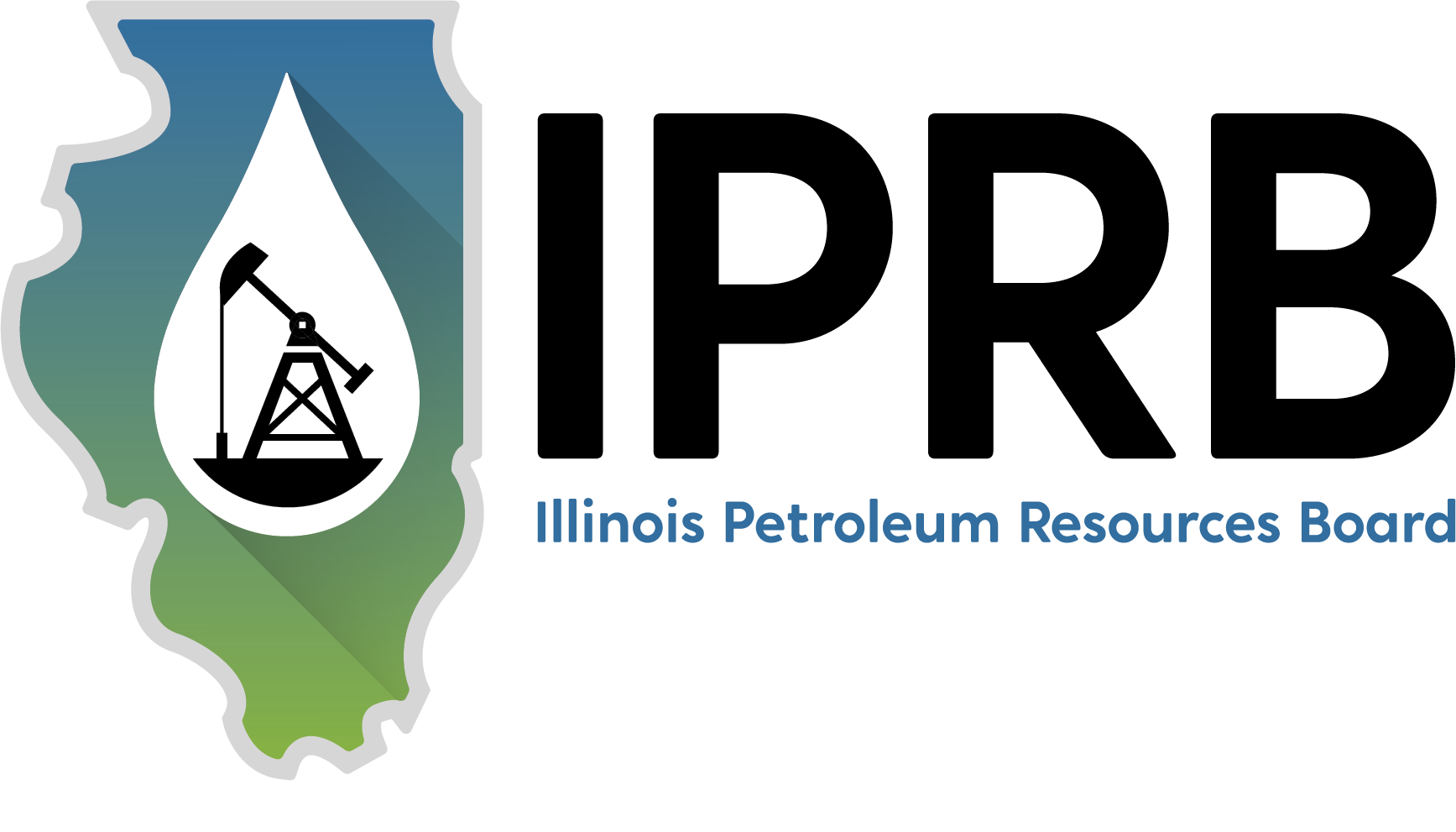What to Know About New EDF Marginal Well Methane Study
The Environmental Defense Fund (EDF), an environmental group that has long lobbied for federal regulations on methane emissions from marginal oil and gas wells, released a study last week that claims low-producing wells are responsible for roughly half of the fugitive methane emissions from U.S. oil and gas production sites.
The study’s topline finding contradicts the Obama administration’s 2015 statement that methane emissions from marginal wells are “inherently low” and a draft Department of Energy (DOE) study that supports that conclusion.
Nonetheless, the new EDF study received widespread media coverage while the DOE study has received virtually no attention.
Why? Mainly because the final version of the Department of Energy study, originally slated to be released in late 2021, has been stalled in the peer-review process since last December. In the meantime, the Biden administration has released its new methane rules, the draft version of which largely exempts marginal wells. However, the public commenting period is ongoing and – not surprisingly – EDF has released a peer-reviewed report of its own. The group expects the Biden administration’s Environmental Protection Agency to utilize the study in finalizing its new methane rules. As S&P Global Platts reported:
“On a call with reporters to discuss their new study, EDF scientists said the agency [EPA] has indicated it may expand inspection mandates to such [marginal] wells in a supplemental rulemaking this summer.”
The contrasts between what the EDF study asserts and what the preliminary DOE study found are not subtle.
The new EDF study, which is based on measurements from six of EDF’s previous studies on oil and gas production site methane emissions covering at total of 240 marginal producing sites, claims methane leakage rates from marginal wells exceed 10 percent of overall production. The new EDF study states:
“Most low production well sites (75%) have detectable site-level CH4 emissions of up to 5kg CH4/h (Fig. 3).”
The six studies utilized for the new EDF study also used downwind, site-level measurements that did not allow for methane emission source attribution and did not involve any operator participation. The latter goes against Academy of Sciences recommendations. The new EDF study states:
“We focus on site-level measurement studies, performed using ground-based downwind measurement approaches that do not require operator-provided access to measured sites and can resolve total CH4 emissions at each measured site, but generally do not resolve source-specific emissions (Methods).”
Unlike the EDF studies, the DOE study was conducted, with only one exception, directly on oil and gas production sites. The study was also conducted with the full cooperation of operators, using random sampling to select sites, while also giving no more than 24-hour notice to operators that measurements were being taken. The following photographs and captions are included in the draft DOE report.

And, unlike the new EDF report, the draft DOE report includes measurements from several Illinois Basin oil production sites. Notably, Illinois Basin oil wells produce very little associated natural gas.
Among the most notable takeaways from DOE study field campaign that included the Illinois Basin were:
- 75 percent of the 87 oil sites evaluated had no detected emissions at all
- 90 percent of observed emissions were less than 13 standard cubic feet per hour
- 95 percent of the observed emissions were less than 25 scfh
- 90 percent of emissions detected were from 12 percent of the sites
- Two sites – an oil well that had a sucker rod packing issue on its pump jack (137 scfh) and a natural gas well with an open hole in the wellhead casing (156 scfh) – accounted for 40 percent of the overall emissions detected
Unfortunately, it is unclear as to whether the DOE study will be finalized in time to be considered by the EPA in its rule finalization process this summer. When completed, the DOE study will provide the most definitive marginal well methane emissions profile to date.
Some who have been following the methane emission debate might recall the fact that there was previously no significant research on marginal wells sufficient enough to justify methane rules on marginal wells – that was the impetus for the DOE study in the first place. EDF claims that its new study fills that gap. But that claim is highly debatable at best and the study warrants some serious scrutiny.
